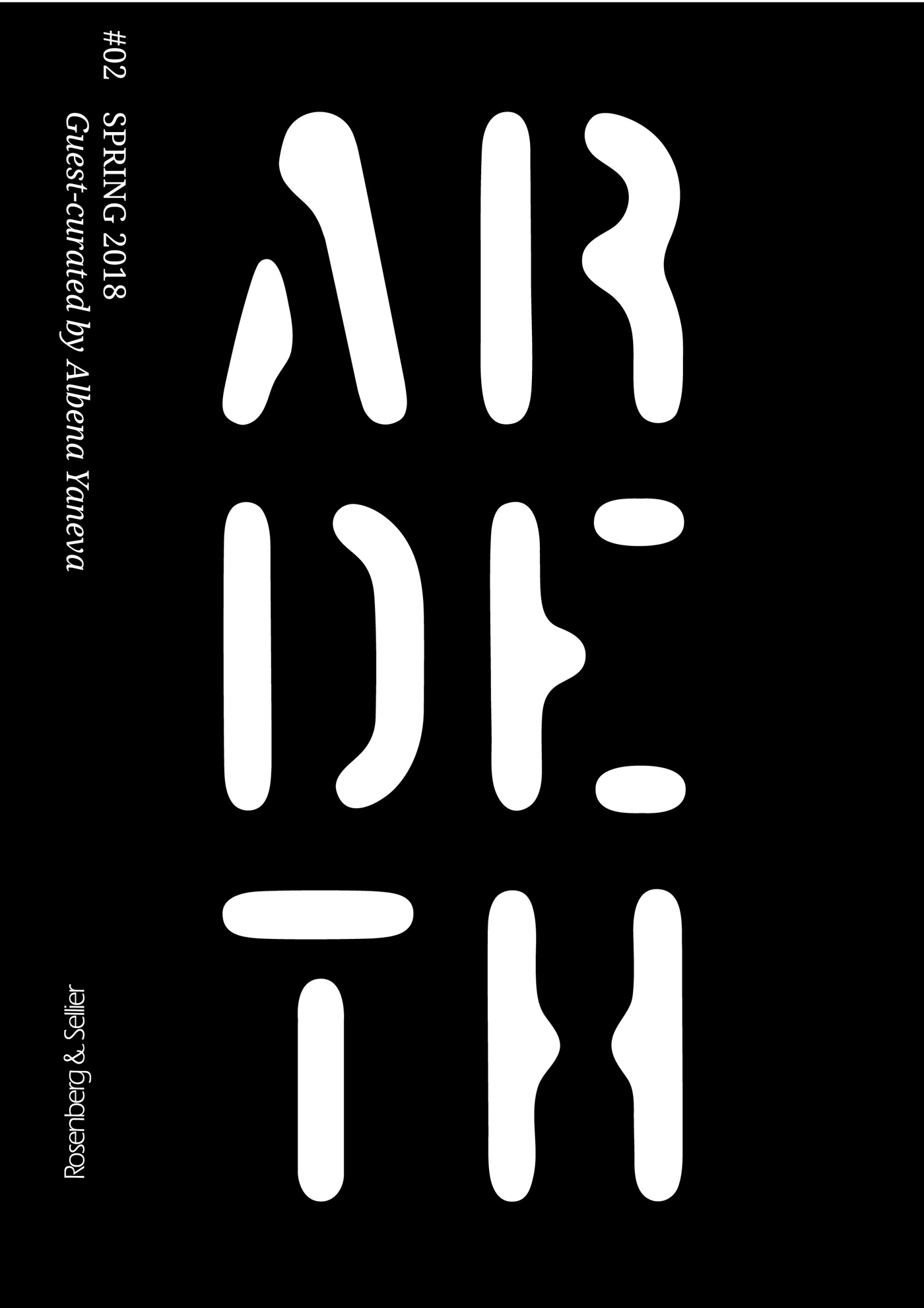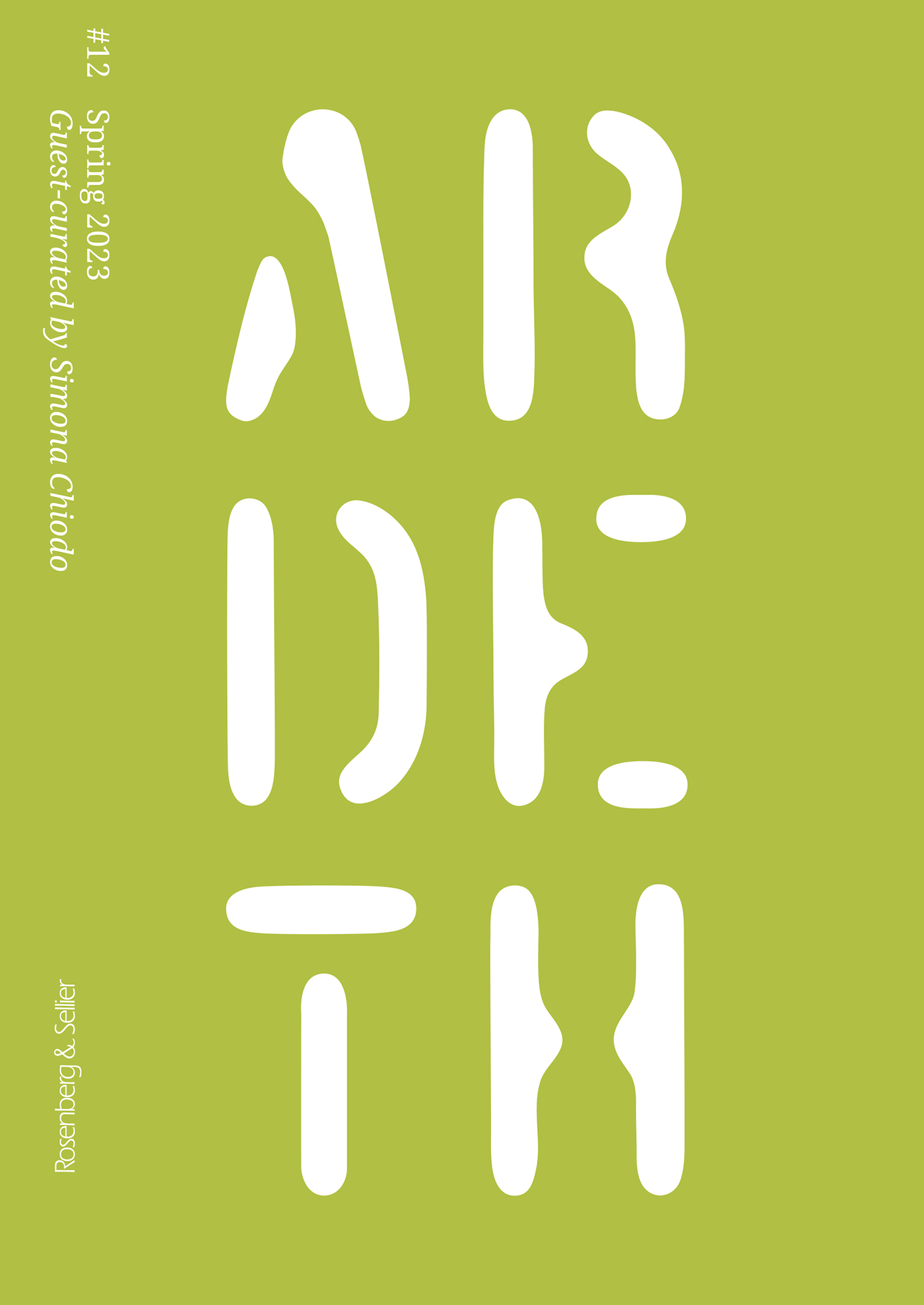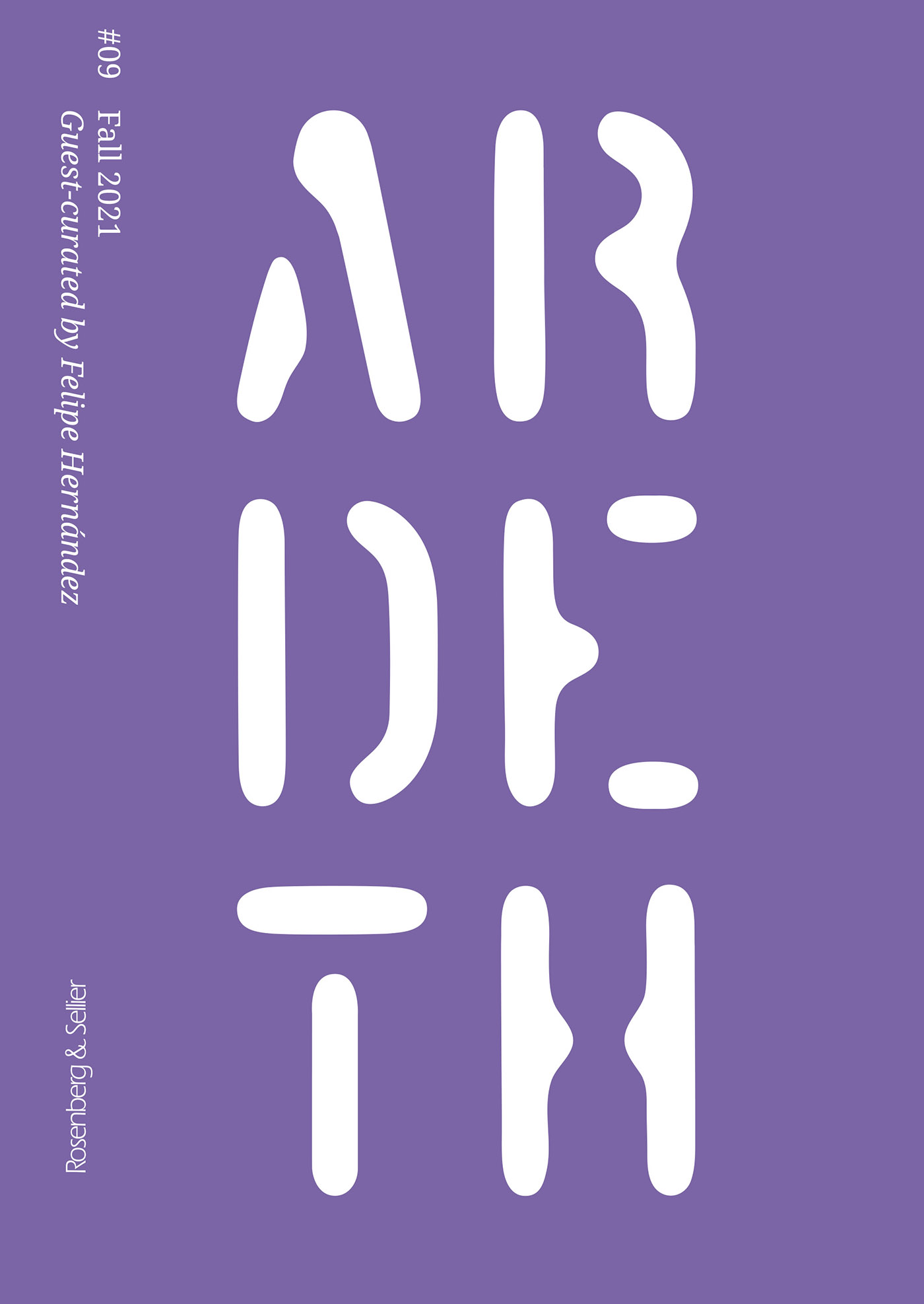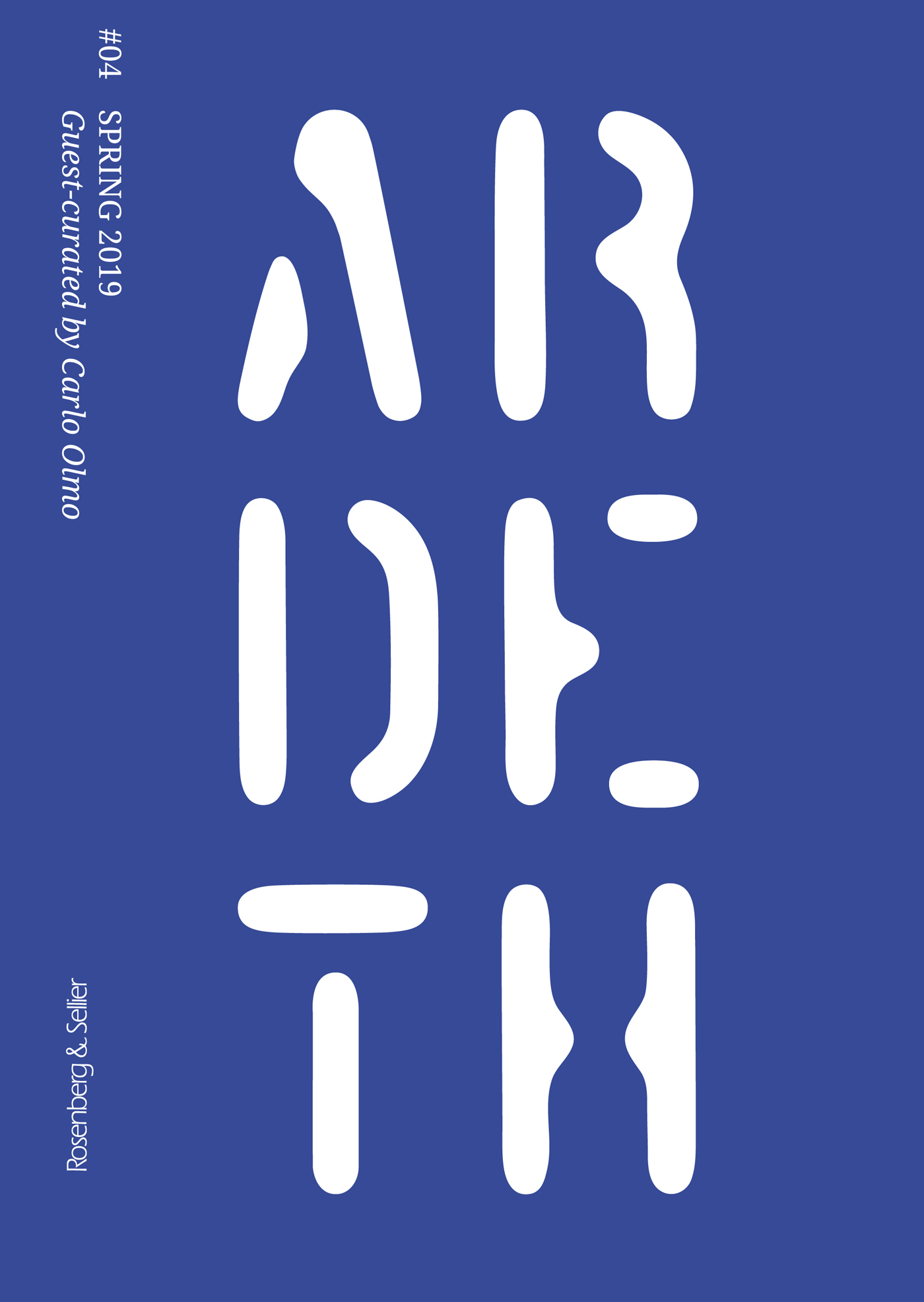Archives
-

(Spring 2018) | BOTTEGA
No. 02In the last fifteen years we witnessed a new ethnographic wave of studies that focused on practising architecture. This body of research aimed at grasping the socio-material dimension of architectural practice. They all relied on the assumption that architecture is collective but it is shared with a variety of nonhumans. These “new ethnographies” generated “thick descriptions” of the knowledge practices of different participants in design. This issue of “Ardeth” collects contributions that will address the ecology of contemporary architectural practice, scrutinizing it as involving actors with variable ontology, scale and politics; exploring empirically different formats of design and reflecting on the importance of ethnography for understanding contemporary architectural practices.
-

KEY WORDS. Beautiful, Sustainable, Together
No. 12 (2023)In the backdrop of the New European Bauhaus, our time presents the European designer with three pivotal keywords: beautiful, sustainable, and together. The central question that this issue of “Ardeth” seeks to address is how to employ these three keywords in the best possible way. In essence, it grapples with the question of how to use but not abuse the checkpoints they provide us with to truly grasp the intricacies of their intended applications. The aim is to prevent hastening the transition from words to designs and, ultimately, from designs to the artefacts that make up the space of our day-to-day human existence.
-

Ardeth #6: CONTINGENCY
No. 06Incorporating contingency into our fundamental thinking about architecture contradicts the way we theorize, practice, and historicize the field. Accidents happen, yet architects rarely let chance play a role in their visions. How contingency play a role in architectural design and thinking? How designers incorporate change in their practice? The forward-facing nature of contingency scholarship, if we give it a name, may embed possible worlds that are more just, more compassionate, and more aware of the inequalities that accompany the uneven distribution of the most vital resource i our times: space. This issue began with the aim of exploring contingency thinking, and is completed from within contingent times, when nothing seems certain and contingency is less a lens than the air we breathe.



